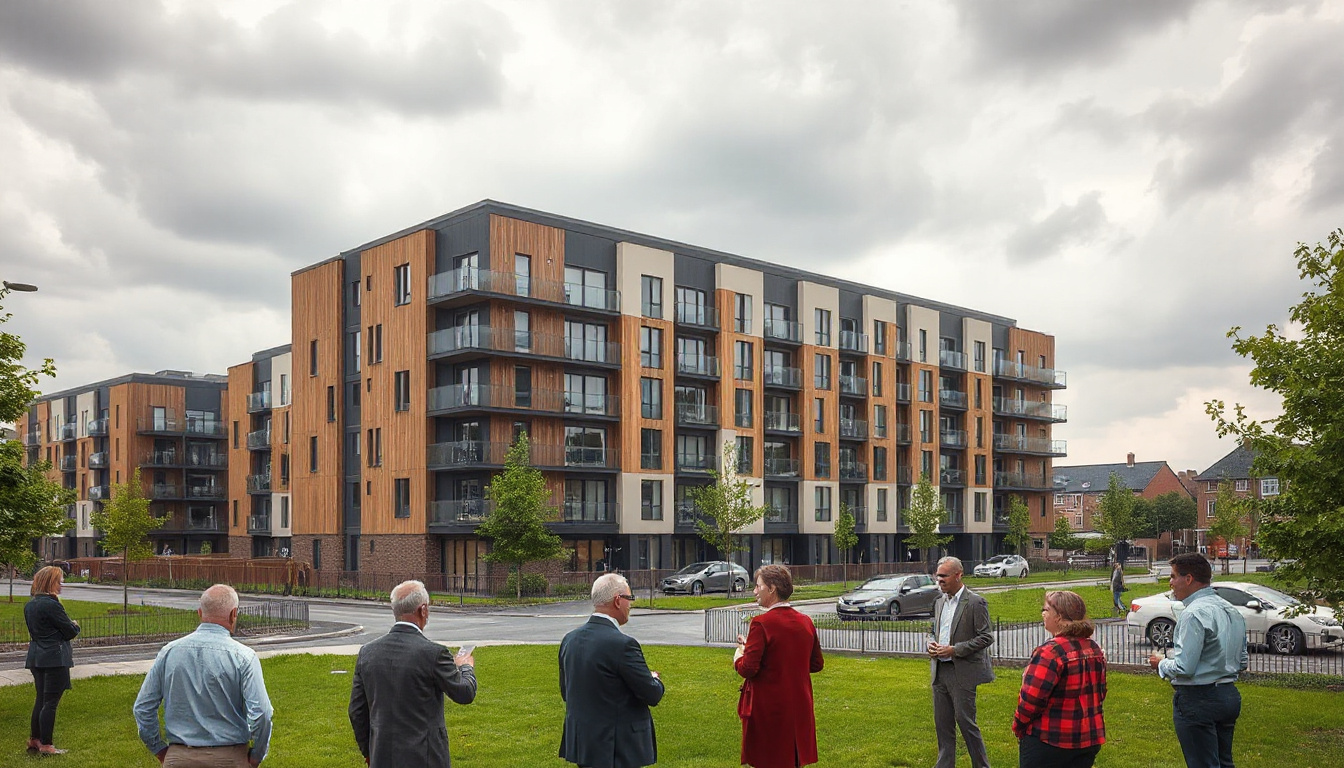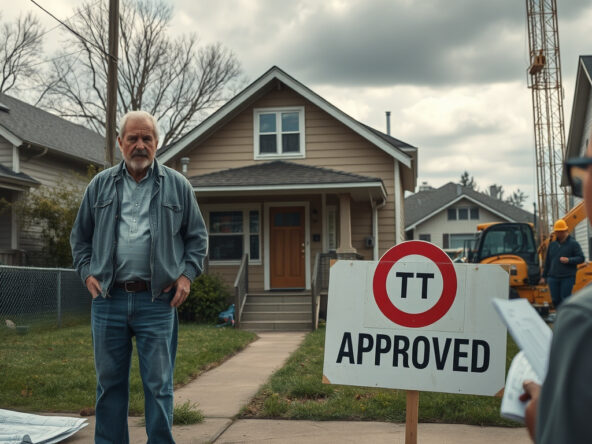Approval for Large HMO Development in Hull: Key Insights and Implications
Recently Hull sees a new project. Investors and people who seek HMOs watch as a plan converts a three-storey office on Beverley Road into 32 bedrooms for joint living. The plan won approval after a past rejection.
The Development Proposal
The project shifts an old office building, once used by an engineering team, into a modern home for several residents. The plan makes the place work better and adds a gym and a cinema room for those who live there.
Each of the 32 bedrooms gets its own bathroom. This design gives comfort and space for privacy. The style draws many people. Some are professionals, some are students, and some look for low-cost homes in the city.
Community and Regulatory Concerns
Local council members worry when they see more HMOs in one spot. They fear too many HMOs could change the neighborhood. Some worry about heavier foot traffic and shifts in community life. Humberside Police also flags risks of events that could press local systems. This debate puts housing change alongside community care.
Justifying the Approval
Developers say the plan fits with the local council’s aim for better housing in the area. They add that using the building now stops it from falling into disrepair. The property manager notes that the plan may save jobs when the engineering team needs to leave. The council voted five to four, a close call that shows split views among leaders.
Economic Considerations
This project matters beyond local sentiment. For investors, it brings a strong chance in the HMO market. Private bathrooms and shared amenities show a mix that may bring solid rents. With urban life appealing more to young people, well-planned HMOs may see more tenants and steady income.
Conclusion
The approval of the Beverley Road HMO shows both gains and risks in the property market. Some worry about community change, but the design and economic points make a strong case for the plan. As housing shifts, stakeholders may work more with local voices to solve challenges in multi-occupant homes.
Investors should keep an eye on market trends and local plans to find good paths in the changing housing field.



